![A young girl being mutilated [GlobeAfrique] A young girl being mutilated [GlobeAfrique]](https://static.netnaija.com/i/mr9KYVlP7q6.webp)
In some parts of Africa, a traditional practice known as genital mutilation and infibulation persists.
These practices have been going on for centuries and are primarily inflicted upon young girls and women.
For those unfamiliar with these terms and practices, we'll be shedding light on what they entail, the regions where they are practised, the reasons behind this, and the severe long-term health consequences they inflict on the women who undergo them.
What is genital mutilation?
Often referred to as female genital mutilation (FGM), this is a deeply disturbing and painful practice that involves the partial or total removal of a girl's external genitalia. This procedure is typically carried out by traditional practitioners, obviously without proper medical training. There are four types of FGM, ranging from the least severe to the most extreme:
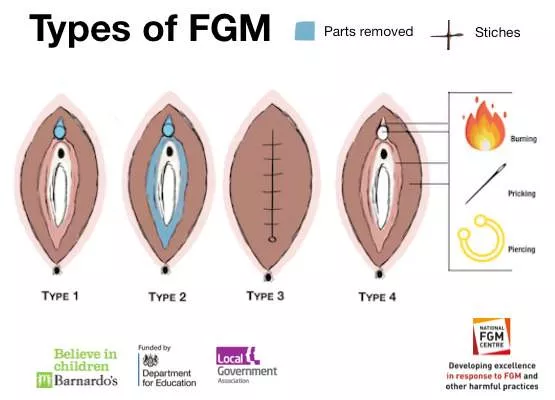
1. Clitoridectomy: This involves the removal of the clitoral hood or the entire clitoris itself.
2. Excision: Excision goes a step further, involving the removal of both the clitoris and the labia minora (inner vaginal lips).
3. Infibulation: This is the most extreme form of FGM, where the clitoris, labia minora, and labia majora (outer vaginal lips) are removed, and the remaining tissue is stitched together, leaving only a small opening for urine and menstrual blood. (More on this will be buttressed below.)
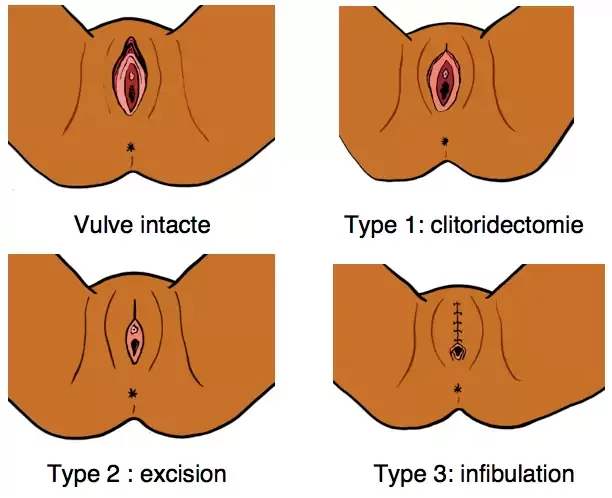
4. Other harmful procedures: This kind of FGM may involve practices like scraping or piercing the genital area.
Infibulation
Infibulation is a type of FGM but it stands out due to its extreme nature and how widely it is being practised in Africa.
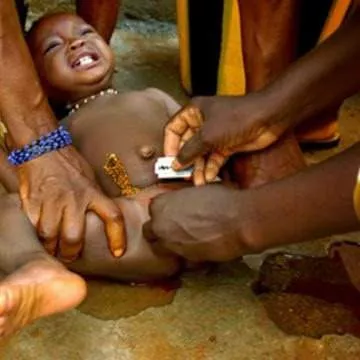
In infibulation, the vaginal opening is sealed, leaving only a small hole for the girl to menstruate or urinate. During this process, the girl's legs are tied with rope for days to allow the wound heal.
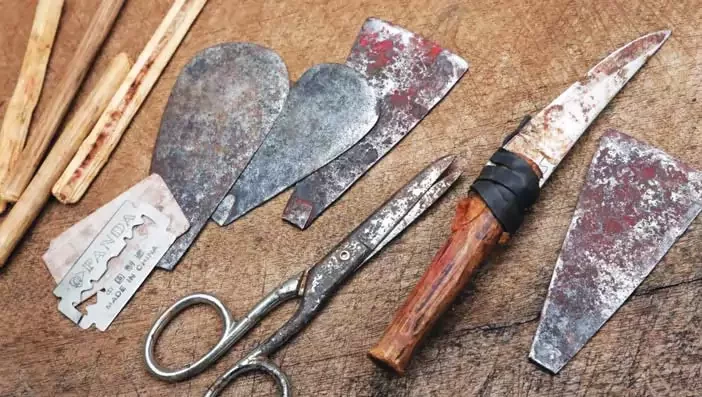
Typically, it takes around 15 to 40 days for the wound to fully heal and during this time, the girl's legs would remain tied to prevent her from moving.
The absurd intention behind infibulation is to control a woman's sexuality, prevent sexual intercourse and ensure her virginity until marriage.
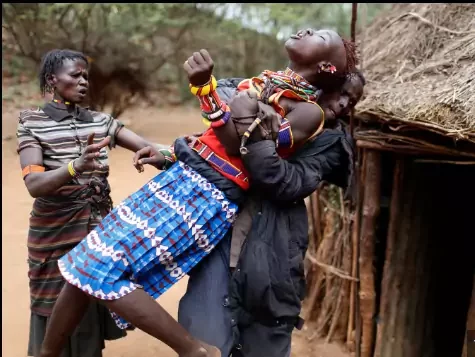
Basically, the stitches are meant to be opened by her husband on the wedding night, so he can be intimate with her. Just imagine the excruciating pain and trauma associated with such an act!
The pain that the girl undergoes is both intense and unimaginable. Imagine someone opening stitches and immediately having sex with her.
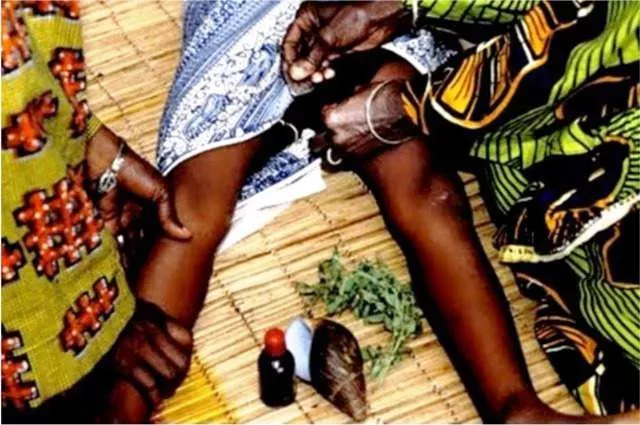
On top of that, many of these women need to be cut again after childbirth because the vaginal opening is too small for the passage of the baby.
Countries where these practices persist
Genital mutilation and infibulation are most prevalent in certain regions of Africa, including Somalia, Djibouti, and Sudan, as well as in parts of Asia and the Middle East. The focus here will be on the African countries where these practices are still distressingly common:
1. Somalia: This barbaric practice is a norm in Somalia, with an estimated 98% of women going through this extreme form of FGM. The practice is regarded as culture and a rite of passage into womanhood.
2. Sudan: FGM is common in Sudan, especially in rural areas. Both excision and infibulation are practised here.
3. Egypt: FGM is widespread in Egypt, with approximately 87% of women having undergone some form of genital mutilation. It's usually performed by medical professionals, but this doesn't make it any less harmful and wrong.
4. Guinea: Guinea has one of the highest rates of FGM globally, affecting around 97% of women. The practice is deeply rooted in their tradition.
This barbaric practice also exists in Nigeria. According to United Nations International Children's Emergency Fund (UNICEF), state prevalence ranges from 62% in Imo to less than 1% in Adamawa and Gombe. The prevalence of FGM is highest in the South East by 35%, South West by 30% and lowest in the North East by 6%.
Reasons behind the continuation of these practices
It's best to understand why these horrifying practices still persist in order to combat them:
1. Cultural beliefs: FGM and infibulation are deeply rooted in cultural traditions and are often seen as a must for a girl to be accepted into society and marriage.
2. Control of female sexuality: In many societies, FGM is used as a means to control female sexuality, so that women remain chaste until marriage.
3. Misconceptions: Some communities believe that FGM is necessary, even though it poses severe health risks.
The aftermath of these practices on the victim's health
The consequences of genital mutilation and infibulation have severe impacts on the physical and psychological health of the women who are made to go through them.
1. Pain and complications: The procedure itself is excruciatingly painful and can sometimes result in complications, such as severe bleeding, infections, shock and even death.
2. Lasting pain: Many survivors of FGM experience chronic pain in the genital area throughout their lives.
3. Menstrual and urinary problems: The reduced vaginal opening can lead to severe health issues, including urinary tract infections, fistulae, infertility and menstrual problems.
4. Childbirth complications: FGM increases the risk of complications during childbirth, like prolonged labour, tearing, and the need for cesarean sections. This endangers both the mother and the newborn.
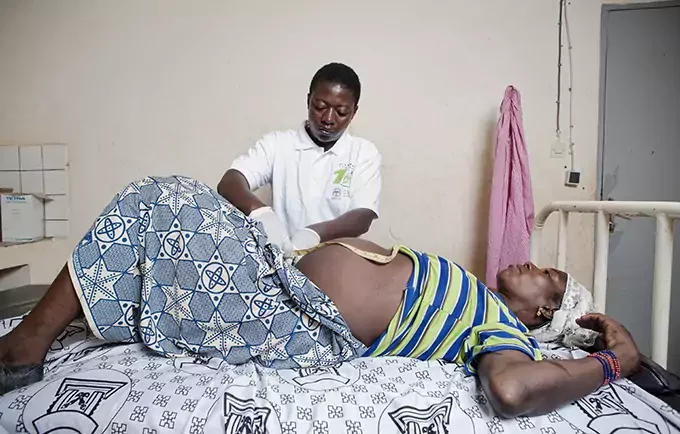
5. Psychological trauma: Many of these women suffer from anxiety, depression, and post-traumatic stress disorder (PTSD) as a result of this traumatic experience.
6. Long-term health risks: FGM can lead to long-term health issues, including chronic infections, infertility, and an increased risk of HIV transmission due to the use of unsterilised instruments during the procedure.
Genital mutilation and infibulation in Africa need to stop.
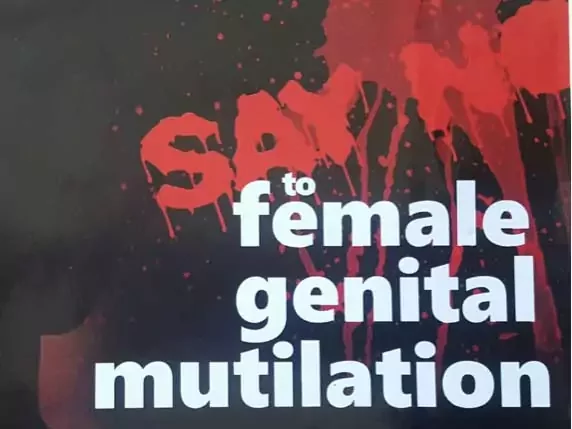
The fact that such a barbaric practice continues is disheartening. It's high time to raise our voices against infibulation. Girls should not be subjected to this inhumane treatment just for being born as girls. It is not a crime to be a girl child. What's even more distressing is the lack of attention that this issue receives from mainstream feminism. This is an issue that deserves urgent attention and it is our collective responsibility to work towards a world where no girl has to endure the horrors of genital mutilation and infibulation. These girls deserve a life free from such pain and suffering.
SAY NO TO INFIBULATION!!!






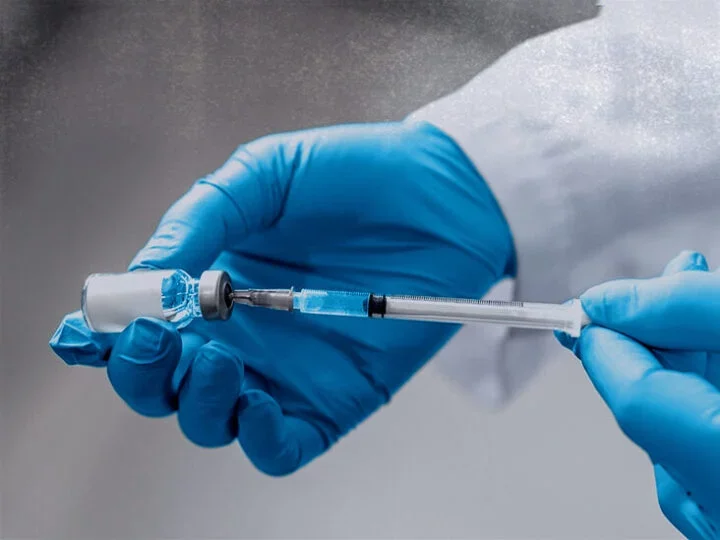










Comments